Chañaral province
Organized in two communes; Chañaral and Diego de Almagro, this territory is known for its charming landscapes of great cultural and heritage value. If you visit these lands, we invite you to enjoy the energetic Qhapac Ñam (Inca Trail), the cave paintings of the Finca de Chañaral, the Pedernales salt flat, and Pan de Azúcar National Park.
Copiapó Province
Constituted by three communes; Caldera, Tierra Amarilla and Copiapó, the latter the regional capital. The diverse landscapes of this territory attract glances with unforgettable postcards. We recommend the surprising Mar de Dunas, the paradisiacal beaches of the Caldera commune, Las Pinturas gorge, Laguna Verde and the magical landscapes of the Nevado Tres Cruces National Park.
Provincia de Huasco
Located in the southernmost area of our desert, it is made up of four communes; Vallenar, Alto del Carmen, Freirina and Huasco. This province is a destination full of surprises where it is possible to appreciate in its maximum expression the phenomenon of Desierto Florido (flowering desert) in the Llanos de Challe National Park. We also suggest you visit the imposing Huasco Valley and the Chañaral de Aceituno cove, located a few meters from the Humboldt Pinguinos National Reserve.
Atacama Region
Administratively the region is divided into three provinces and nine communes. This region is part of the homonymous desert that extends from Arica and Parinacota region to the north of the Coquimbo region, being the driest non-polar desert on the planet.
FIRST IMPRESSIONS
The arid landscapes devoid of vegetation seem empty, but for those who stop to contemplate, the bare skin of our Earth is revealed, transforming into a mystical and surprising place.
MORE THAN A DESERT, A JOURNEY IN TIME
Its beautiful and contrasting landscapes are the result of climate and geological evolution, with records ranging from the Devonian (419.2 - 358.9 million years) onwards.
TOTAL IMMERSION
The area is visited for having several of the most beautiful beaches in the country, such as Bahía Inglesa and La Virgen, where calm turquoise waters and an intriguing marine life attract thousands of tourists from all over Chile and worldwide every year.
BETWEEN THE SKY AND THE EARTH
In the Atacameño Andes you can enjoy cozy hot springs with views of volcanoes that exceed 6,000 meters above sea level, highlighting the highest active volcano in the world, Nevado Ojos del Salado.
LANDSCAPES WITH HISTORY
From mountain areas, the water of rain and snow of the cryosphere, flows through streams and rivers trying to reach the oceans. However, due to energetic geological processes, this cycle is interrupted in a segment of our region, causing water to accumulate in depressed areas called endorheic basins, where aridity has facilitated the development of salt flats and amazing lagoons.
ENCHANTING NIGHTS
Doubtlessly, Atacama is one of the best places in the world to enjoy the firmament; breathtaking landscapes, shocking silence and pristine skies.
ANCESTRAL ROOTS
The human appearance and its development on our planet translates to less than a breath. In this short period of time, the practice of observing, interpreting and flowing with the natural cycles of the Earth was something intrinsic to their ancestral communities. Lickanantay people were emblematic, who in their Kunza language is interpreted as "inhabitants of this land", alluding to the desert. Other important culture towns were Molle, Animas, Diaguitas, Incas, Changos and Copiapó Culture.
MINING TRADITION
An ancient metallurgical history that begins before the Spanish conquest, and even prior to the rule of the Inca Empire over the original peoples. In the mid-nineteenth century and thanks to the discovery of portentous silver mineral deposits such as Chañarcillo and Tres Puntas, the regional capital Copiapó achieved a bombastic urban and architectural development, becoming, among other things, the first city in the country to have a railroad.
FIRST IMPRESSIONS
The arid landscapes devoid of vegetation seem empty, but for those who stop to contemplate, the bare skin of our Earth is revealed, transforming into a mystical and surprising place.
MORE THAN A DESERT, A JOURNEY IN TIME
Its beautiful and contrasting landscapes are the result of climate and geological evolution, with records ranging from the Devonian (419.2 - 358.9 million years) onwards.
TOTAL IMMERSION
The area is visited for having several of the most beautiful beaches in the country, such as Bahía Inglesa and La Virgen, where calm turquoise waters and an intriguing marine life attract thousands of tourists from all over Chile and worldwide every year.
BETWEEN THE SKY AND THE EARTH
In the Atacameño Andes you can enjoy cozy hot springs with views of volcanoes that exceed 6,000 meters above sea level, highlighting the highest active volcano in the world, Nevado Ojos del Salado.
LANDSCAPES WITH HISTORY
From mountain areas, the water of rain and snow of the cryosphere, flows through streams and rivers trying to reach the oceans. However, due to energetic geological processes, this cycle is interrupted in a segment of our region, causing water to accumulate in depressed areas called endorheic basins, where aridity has facilitated the development of salt flats and amazing lagoons.
ENCHANTING NIGHTS
Doubtlessly, Atacama is one of the best places in the world to enjoy the firmament; breathtaking landscapes, shocking silence and pristine skies.
ANCESTRAL ROOTS
The human appearance and its development on our planet translates to less than a breath. In this short period of time, the practice of observing, interpreting and flowing with the natural cycles of the Earth was something intrinsic to their ancestral communities. Lickanantay people were emblematic, who in their Kunza language is interpreted as "inhabitants of this land", alluding to the desert. Other important culture towns were Molle, Animas, Diaguitas, Incas, Changos and Copiapó Culture.
MINING TRADITION
An ancient metallurgical history that begins before the Spanish conquest, and even prior to the rule of the Inca Empire over the original peoples. In the mid-nineteenth century and thanks to the discovery of portentous silver mineral deposits such as Chañarcillo and Tres Puntas, the regional capital Copiapó achieved a bombastic urban and architectural development, becoming, among other things, the first city in the country to have a railroad.
Why explore Atacama?



